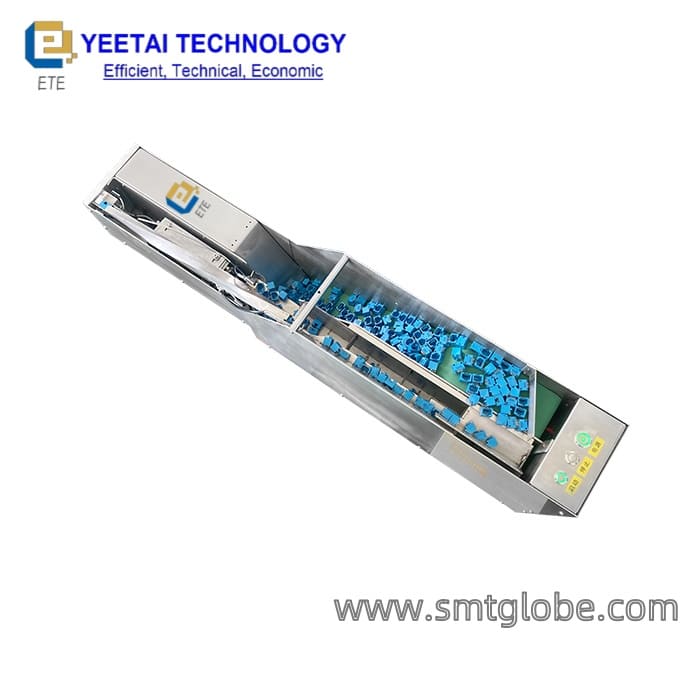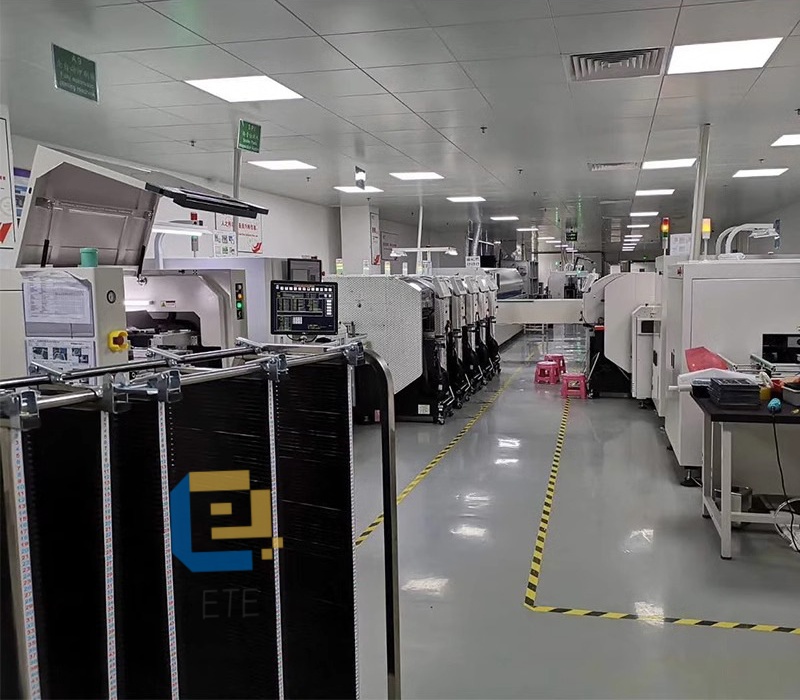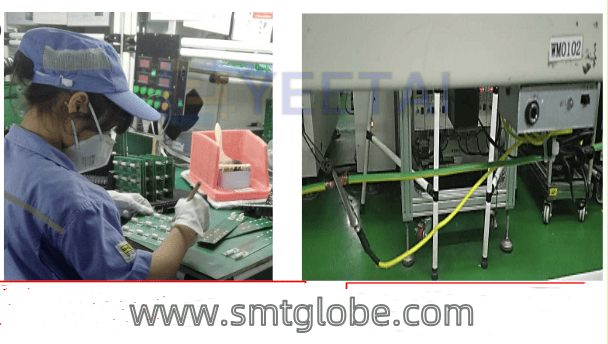Flexible feeders, also known as flexible vibratory bowls or flexible loading systems, have gained widespread application in recent years. These innovative feeding devices are designed for automatic feeding, sorting, and arranging of various small components, making them ideal for industries such as automotive parts, semiconductors, healthcare, hardware, and toys.

The working principle of flexible feeders relies on the concepts of resonance and interference of coherent waves to facilitate the movement and arrangement of materials in a specific direction. At the heart of the flexible feeder is a voice coil motor, which serves as the power source. Four voice coil motors (equivalent to four vibration points) are strategically placed at the inner corners of the flexible vibratory bowl. These motors are controlled by a flexible feeder controller, which adjusts their operation to modulate the vibration frequency of the feeding bowl, bringing it close to the material’s natural frequency. This induces resonance, putting the materials into an active (easily movable) state, thereby allowing for easier directional arrangement.
The flexible feeder operates by controlling the vibration of the voice coil motors, which causes the bowl’s surface to resonate. By adjusting the frequency and amplitude of the vibrations, the materials can be manipulated into the desired state for visual recognition and robotic grasping. This process is somewhat analogous to using a winnowing basket to separate grain from chaff; the shaking motion disperses, gathers, and sorts the materials, arranging them into the most suitable orientation for further handling.
Flexible feeders offer numerous advantages, including high efficiency, adaptability to different component types, and significant reductions in manual labor. As industries continue to evolve and demand more automated solutions, the role of flexible feeders in streamlining production processes will become increasingly critical.
Conclusion
In summary, flexible feeders are essential tools in modern manufacturing, leveraging advanced technology to enhance the efficiency and accuracy of component feeding and sorting. Their ability to adapt to various applications makes them invaluable across multiple sectors.
At YEETAI, we produce all kinds of feeder to upgrade SMT machines.



